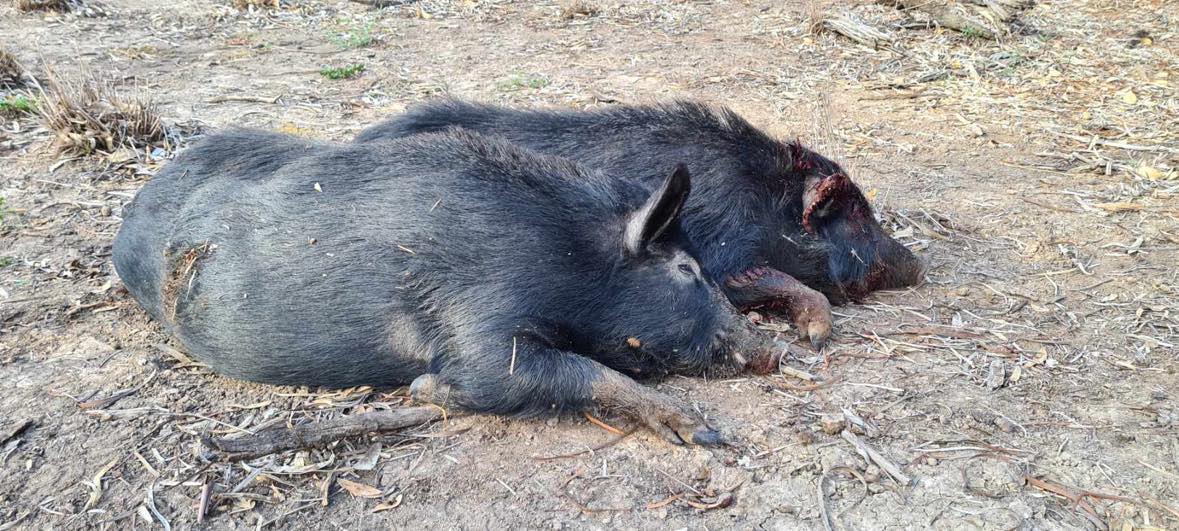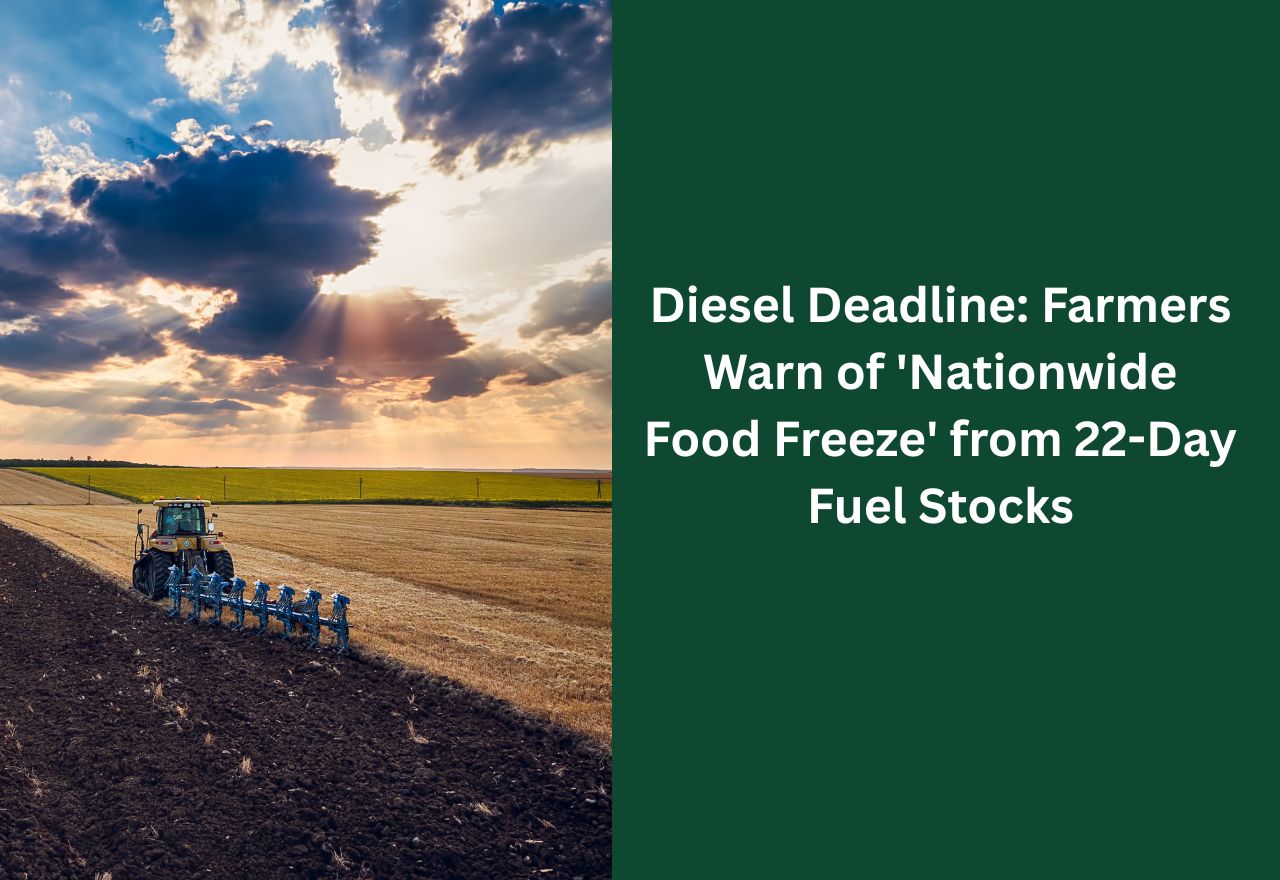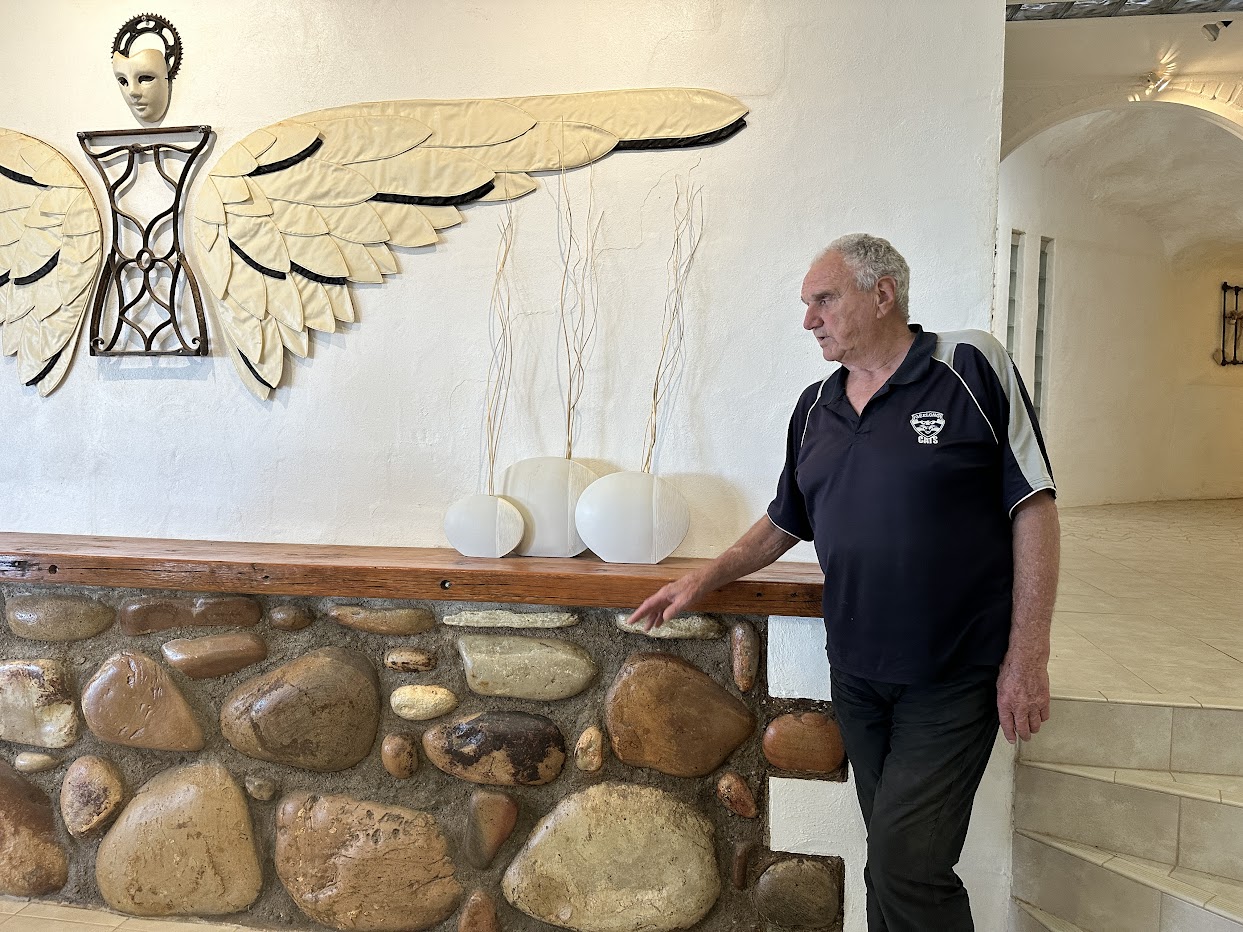Crop stubble cash? $170M Biomethane Plan could unlock new revenue for farmers
Krista Schade
26 November 2025, 10:43 PM

The future of crop stubble, straw, and even marginal land in the Back Country could be tied to a newly announced statewide energy strategy, with the NSW Government dedicating up to $170 million to accelerate the production of renewable fuels like biomethane.
IN SHORT:
- $170M Fund for Biomethane: The NSW Government has launched a Renewable Fuels Strategy with up to $170 million to accelerate biomethane production from agricultural waste like crop stubble, creating a major new industrial sector.
- New Farm Income Stream: This strategy is designed to create a potential new revenue stream for farmers by monetising low-grade crop residues and excess straw.
- Targeting Infrastructure: Success hinges on securing government co-funding and proving the logistical viability of collecting and transporting agricultural waste to proposed processing hubs, like the Valorify Group's planned Riverina Bioenergy project.
The strategy, which outlines 20 actions, specifically targets the growth of biomethane production—a biogas derived from organic material such as crop residues, manure, and municipal waste.
Initial industry proposals have already highlighted the Riverina region as a key development area. The Valorify Group, for instance, has publicly signalled its Riverina Bioenergy project, which is targeting crop stubble and low-grade or excess straw as primary feedstocks for biomethane production.
For farmers and agribusinesses in the region, the strategy presents a potential new revenue stream, but also logistical questions regarding the collection, aggregation, and transport of agricultural waste to prospective processing hubs.
Speaking on the strategy's broader aims, NSW Minister for Climate Change and Energy Penny Sharpe underscored the government's optimistic outlook. The Minister's comments highlighted the triple benefit the government hopes to achieve:
“This is a win-win-win opportunity: a win for jobs, a win for fuel security, and a win for the planet,” Ms Sharpe said.
“The Minns Labor Government is boosting local production of renewable fuels to diversify the economy and deliver new jobs, growth and enhanced energy security for our state.”
Targeting Marginal Land
In a measure that may affect areas in the Back Country, the strategy also pledges $1 million to fund crop research and development trials to test and demonstrate biomass production opportunities in partnership with primary producers.
This funding will support the development and commercialisation of break crops, novel crops, and short-rotation woody crops specifically on marginal land, suggesting a long-term focus on diversification in rangeland areas.
Industry Certainty and Support
The policy is being welcomed by industry groups, which view the government’s commitment as a necessary signal to attract large-scale investment into regional projects.
Bioenergy Australia chief executive officer Shahana McKenzie indicated that the strategy provides the necessary policy framework to move projects forward:
“This is the kind of policy that builds capability at scale,” Ms McKenzie said.
“It will stimulate new biomethane and biofuel production, activate agricultural residues and waste streams, and boost local manufacturing, transport and logistics activity across regional NSW.”
The strategy includes up to $40 million in co-funding for biomethane production facilities under the existing Industrial Decarbonisation Initiative, designed to mitigate early-mover risk for regional infrastructure projects.
Furthermore, a key demand-side lever is the plan to expand the state’s Renewable Fuel Scheme to include biomethane from 2028, ensuring a commercial market for the gas.
Jemena's managing director David Gillespie stated that the official policy recognition of biomethane is vital for securing the sector's future.
“A thriving biomethane sector will enable our industrial customers to reduce their emissions while at the same time continuing to provide jobs and produce everyday products Australians need like medicines, glass, fertilizer and steel,” Mr Gillespie said.
“The New South Wales' Renewable Fuels Strategy and the government's recognition of biomethane are two key building blocks which are enabling the development of Australia's burgeoning biomethane sector.”
While the strategy promises economic diversification and new industrial activity for regional NSW, the specific flow-on benefits for rural communities will ultimately depend on local proponents being successful in securing government co-funding and proving the financial and logistical viability of using agricultural residues in a geographically dispersed environment.
NEWS
RURAL
SPORT
COMMUNITY








